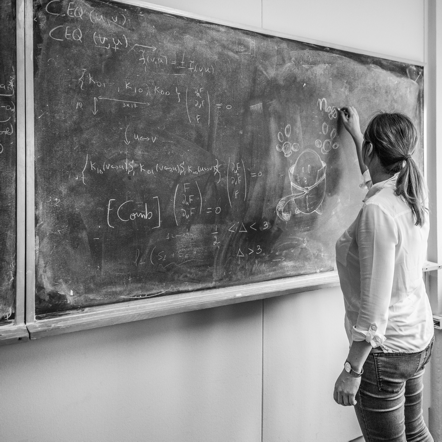Update 2 April 2018: see explanation here.
Today, at the Rencontres de Cuisine, the LHCb collaboration announced the observation of a new particle consistent with the properties of the long-hunted Eggs ball, ηgg, the smallest lump of nuclear force, predicted more than 40 years ago by Peter Eggs. Today is thus an eggstra special day in the history of particle physics.
In 2012 Atlas and CMS discovered the Higgs boson giving mass to other fundamental particles. Another important property of elementary particles is called flavour. The Eggs particle is responsible for the generation of flavour a few minutes after the Big Bang. Without the eggsistence of the Eggs particle all food would now taste the same. By studying the production and the decay properties of this new particle, LHCb physicists confirmed that it is composed of two eggs, that carry the strong sticky force, and hence it is really an egg ball, or more technically an egg-prolate-spheroid. The eggsistance of Eggs balls was predicted more that forty years ago, but it is only today that its reality is unambiguously confirmed eggsperimentally. In this way, the astonishing prediction of Peter Eggs about the strong interaction origin of flavour is confirmed. This idea is not implemented in the Standard Model of particle physics and therefore today’s discovery represents an eggstraordinary manifestation of the eggsistance of New Physics.
The image shows an eggcited theoretical physicist explaining properties of the newly discovered Eggs ball. The egg-like shape of ηgg is clearly visible.
The discovery was possible thanks to the excellent performance of the LHCb detector and the whole CERN accelerator system. The LHCb collaboration produced the ηgg by colliding high energy heavy ion beams: a small region of extremely hot nuclear matter was generated, which allowed the coagulation of the ηgg. The way to the grand unification between subatomic physics and molecular gastronomy is now therefore cracked wide open.
Read more in the CERN Update in the English and the French.

